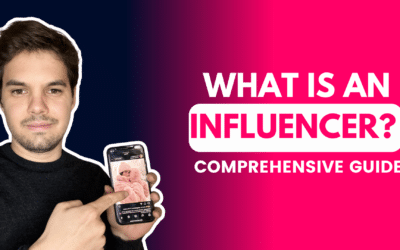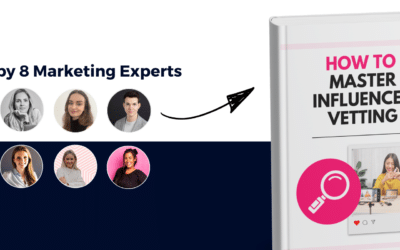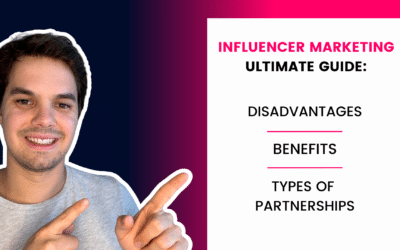9 types of influencer marketing campaigns
Diving into the types of influencer marketing? You’re in the right spot!
Think about it: internet users skyrocketed 18 times since 2000, shaking up how brands reach out.
Now, traditional ads? Not as cool. 😑
But social media is where the magic happens. Influencers are the new stars here, grabbing millions of eyes and ears. 👀
At Click Analytic, we’ve seen brands teaming up with influencers to create marketing gold.
Ready for a rundown on the top 9 types of influencer marketing campaigns to try this year? Let’s roll!
What is an influencer marketing campaign?

An influencer marketing campaign is where a brand and a social media star collaborate to promote the brand.
It’s all about teaming up with content creators or industry experts who have a crowd of followers.
Why?
To spread the word, boost your brand’s cool factor, and connect with just the right audience.
Think of sponsored posts, unboxing videos, or honest reviews.
It’s word-of-mouth magic, but digital style. 🤩
These campaigns are a mix of intelligent planning and going with the flow, as social media always upsets things with new trends and features. It’s where strategy meets spontaneity!
9 types of influencer marketing campaigns to launch today
Ready for some inspiration? Here are our favourite types of influencer marketing campaigns. Choose one and watch the magic happen. 🧙
1. Sponsored content
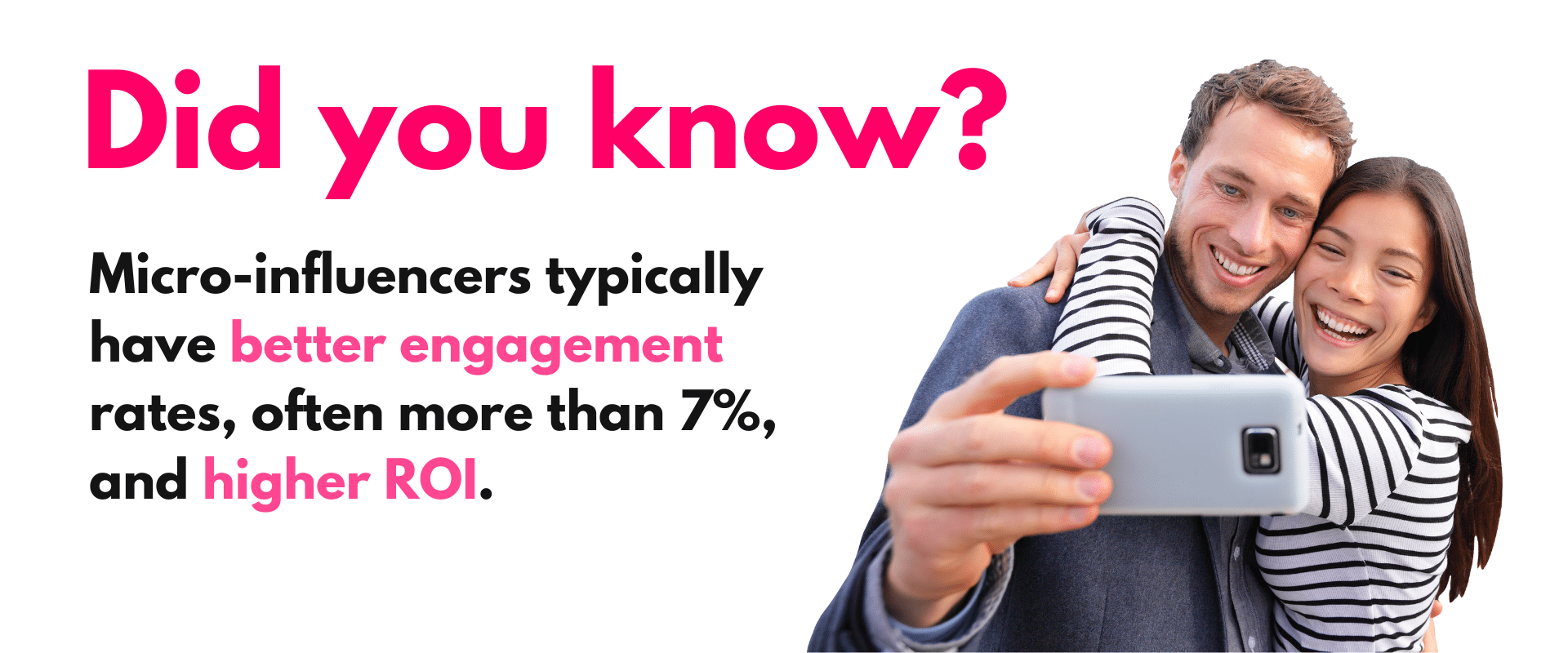
Sponsored content is influencer marketing’s bread and butter.
How does it work?
It’s simple: influencers showcase a brand in their posts and get paid for it. This type works for any brand, big or small; just match it with creators that fit your budget and audience.
It’s like giving your brand a fresh voice that resonates with your target crowd.
⚠️ But caution is critical!
Partner with influencers who vibe with your brand’s values. It’s not just about the cash; it’s about genuine connections and trust.
💡 Pro tip: Use an influencer vetting platform to ensure influencers match your brand.
Remember, honesty is a must – sponsored posts need clear labels. It’s all about keeping things transparent for the audience.
So, what goals should you aim for with sponsored content?
🎯 Aim to boost brand awareness, rake in website traffic, generate leads, and launch new products.
Sponsored posts are more transactional and short-term but easy to plan and execute.
Pay influencers per post or throw in some promo codes for their followers. Keep track of your success with UTM codes or custom landing pages. That’s sponsored content in a nutshell!
2. Freebies
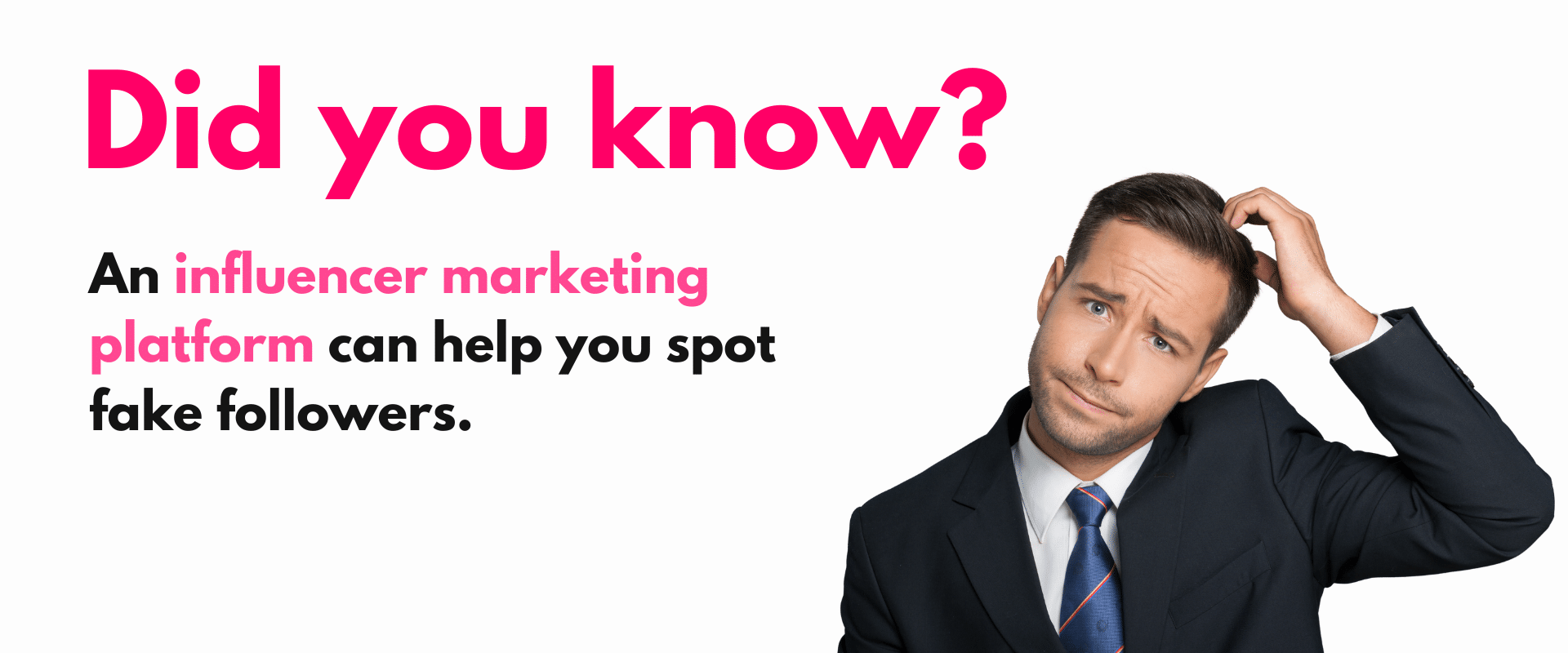
Freebies (aka giveaways) are all about excitement and engagement.
How do you do it?
Brands send free goodies to influencers, who then run contests for their followers. The usual entry tickets are actions like following, liking, or tagging friends in comments.
Why giveaways?
They’re a fab way to spike up the buzz about your products and get people talking.
It’s a win-win: followers get cool stuff, and you get more eyes on your brand.
⚠️ Just remember, those new followers might hit the road post-contest.
Clear rules are crucial for a smooth giveaway. Keep it transparent, from entry steps to picking winners.
As for your goals? Aim to boost your reach, engagement, and follower count.
These are one-time deals, a bit more complex to manage due to legal bits and precise communication needs.
Compensation-wise, mix it up with cash and free products for your influencer pals.
Keep tabs on those hashtags and brand mentions to measure your success. Giveaways are like a party everyone wants an invite to! 🥳
3. Influencer affiliate marketing
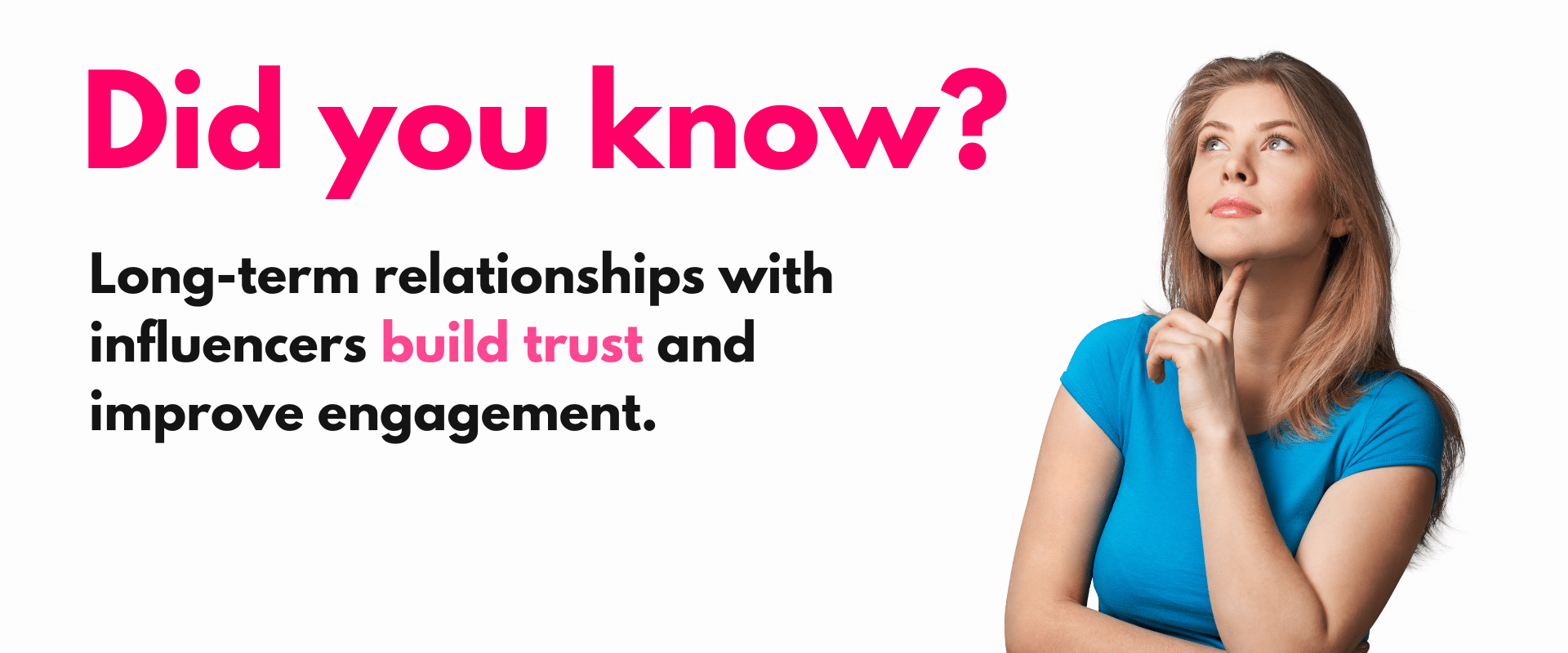
Influencer affiliate marketing merges the old with the new.
Before, affiliate marketing meant getting commissions from sales through links. Now, influencers are in the mix, using their follower bonds to boost sales.
What’s the goal of influencer affiliate marketing? New customers, more purchases, or signups.
It’s excellent for smaller influencers and budget-conscious brands, as payments are commission-based post-sale.
⚠️ But it has a few challenges.
It’s a long game, needing the right influencers who get your niche. Tracking sales and clicks, usually through affiliate links, is critical.
In a nutshell: It’s about conversions and sales over time. Complexity is high, but it’s a win-win for both parties if done right. A mix of commission and flat fees can sweeten the deal for influencers.
💡 Pro tip: Read about affiliate marketing vs influencer marketing to decide if this will fit your brand well.
4. Gifts
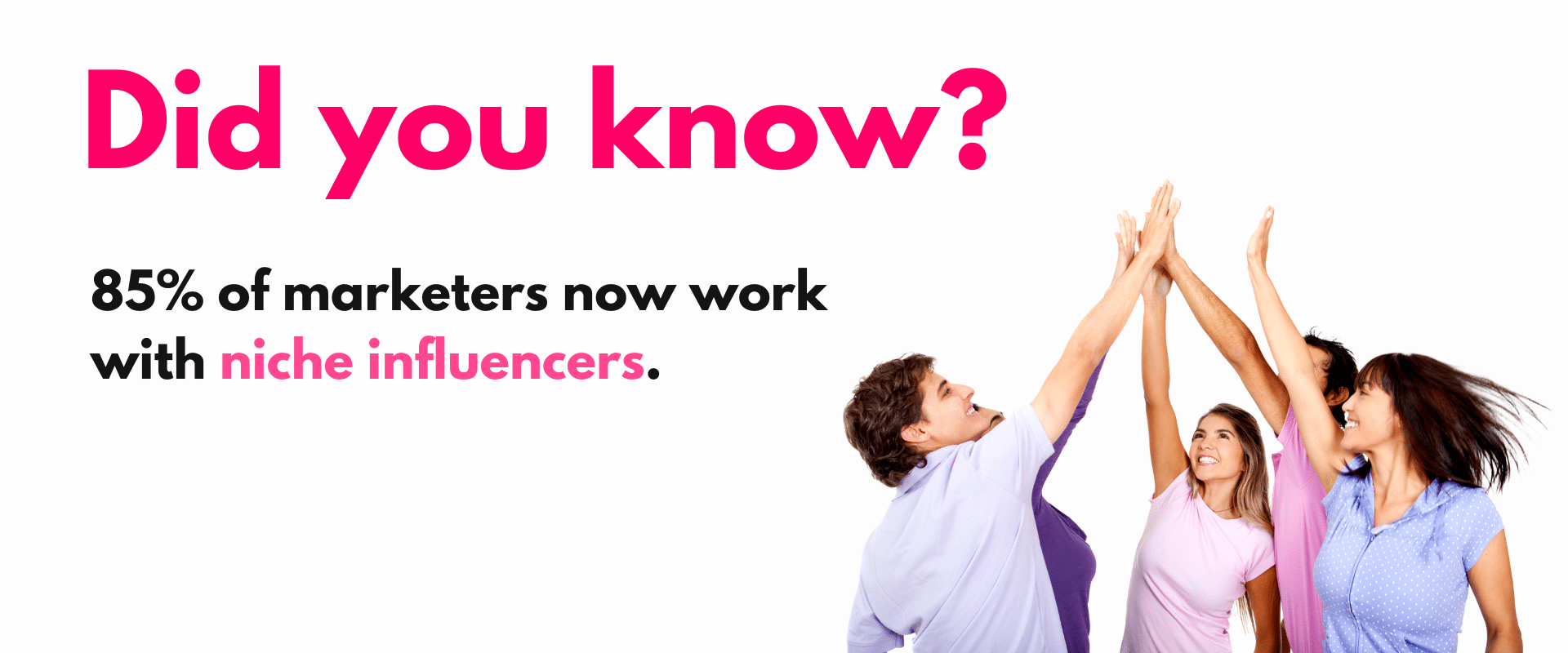
Influencer gifting is about surprising influencers with freebies, hoping they’ll share the love with their followers. It’s cost-effective and personal but not always a sure shot.
Here’s the deal: Pick influencers who’d genuinely dig your product.
The aim? 🎯
To wow them so much, they can’t help but post about it. But remember, you can’t dictate their content. They might go off-script, and reach can vary, especially with smaller influencers.
Your goals with this type of influencer marketing must include boosting brand awareness and building influencer bonds.
Remember, it’s a long-term play with no upfront payment.
Track success with promo codes or affiliate links to see who’s really bringing in the buzz.
5. Brand Ambassadors

Brand ambassadors are your brand’s super fans, be they celebs, loyal customers, or past collab creators.
They’re all about spreading the love for your brand online and sometimes even offline. They’re the real deal, sharing authentic experiences.
How does it work?
Forge long-term relationships. Brand ambassadors are trustworthy and knowledgeable and help boost your rep.
They’re key players in launches and can give priceless feedback.
The risks?
Scandals can hurt, and establishing brand ambassadors is a financial commitment. Also, too much of the same voice can tire out your audience. So, variety is key.
As for goals with this tactic, aim for more brand love and trust. You may also reach new markets. It’s a marathon, not a sprint, demanding constant effort and trust. 🏃
Compensation is regular, with some sweet extras.
Track their impact through engagement, hashtags, sales from promo codes, or website clicks. Brand ambassadors are your bridge to customers, built on trust and credibility.
6. Influencer whitelisting

Influencer whitelisting blends influencer marketing with paid social ads.
It’s about using influencers’ handles and content for your ads, reaching diverse audiences tailored to their tastes. Think of it as boosting influencer endorsements without spamming their feed.
This approach requires careful legal agreements covering content usage and rights. It’s a one-time deal, medium complexity, needing ad tools and testing different ad elements.
💡 Pro tip: Learn how to create an influencer marketing contract before you attempt this strategy.
Goals? Wider reach, brand buzz, and high-quality content.
Compensation is usually a fixed payment, sometimes mixed with perks.
Track it all with ad managers and UTM parameters, keeping an eye on everything from clicks to conversions. Whitelisting is your ticket to precise, impactful advertising.
7. Events
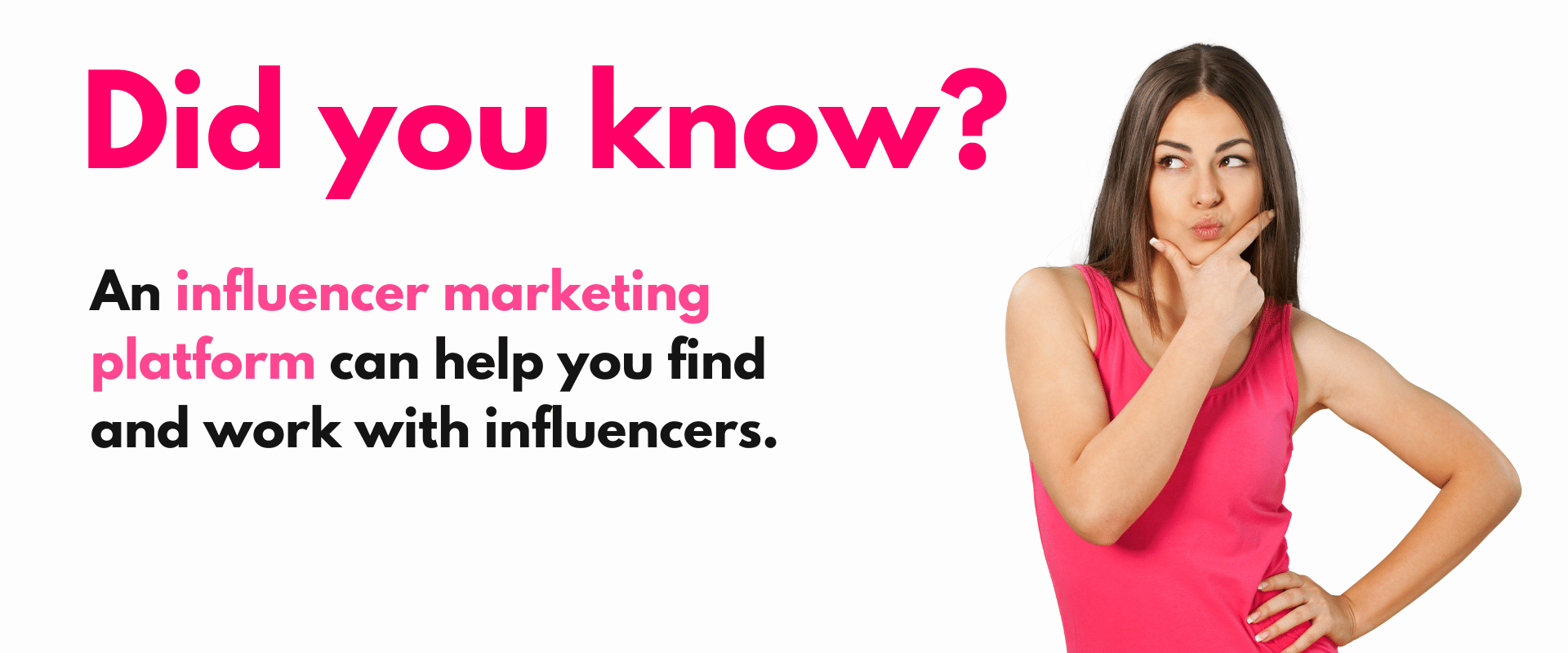
Events are a fantastic way for brands to make noise, especially with influencers on board.
Influencers can excite the crowd with teaser posts or live updates, bringing the event’s energy to their followers. 📸
For event activations, include the nitty-gritty in posts – time, place, and those crucial hashtags and brand mentions.
This is typically a one-off partnership, but planning and matching the right influencer to the event vibe are key.
When selecting goals, aim to boost awareness and engagement. You also want to stir excitement and show off what makes your brand unique.
Like most types of influencer marketing campaigns, there are some challenges to be aware of.
The challenge?
Matching schedules and ensuring content aligns with your message. Big names mean big bucks.
Track the buzz with brand mentions, hashtags, and UTM parameters. Event activations are where live energy meets digital hype.
8. Content marketing
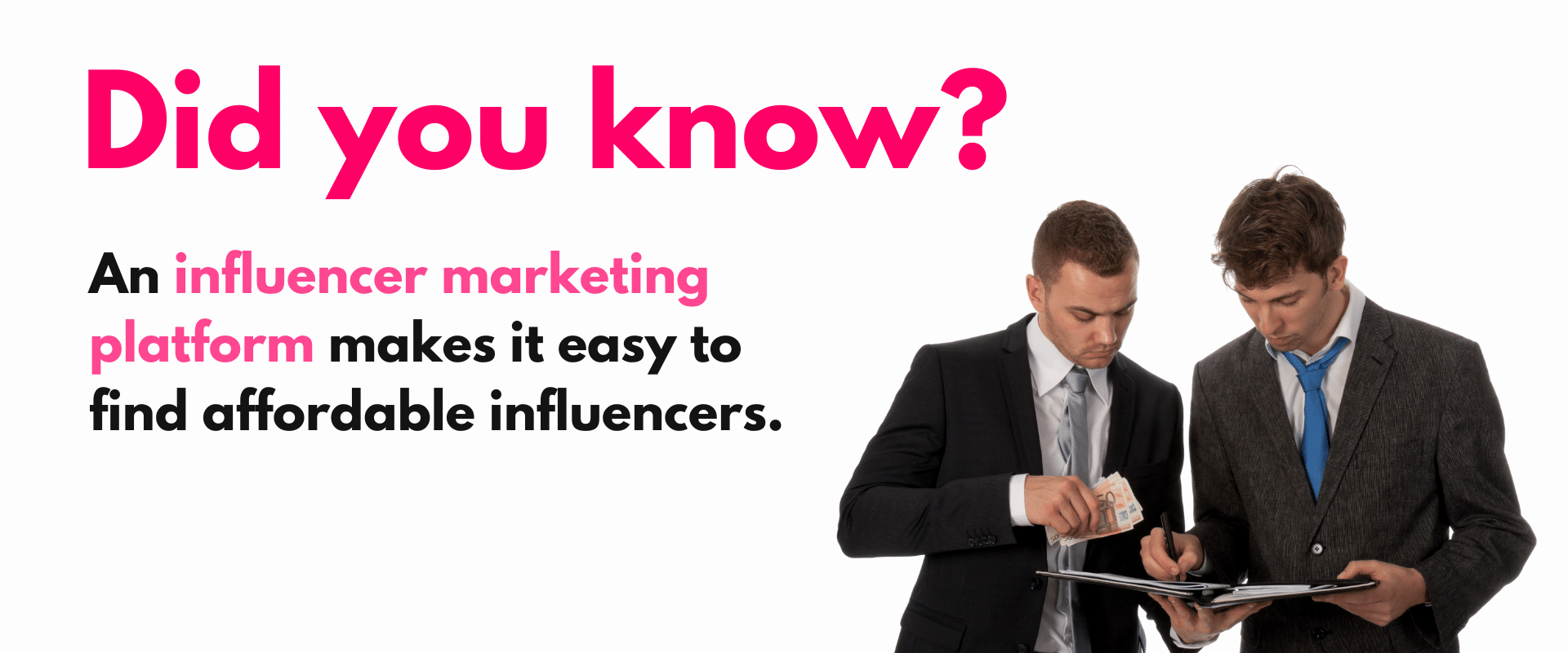
Content marketing campaigns aim to wow audiences with informative, entertaining, or visually striking content. 📝
It’s a blend of photos, videos, and infographics that attracts consumers and establishes your brand as an expert.
How do influencers fit into this?
They spread your content further, adding a personal touch and authenticity. This kind of influencer-generated content boosts your brand’s social proof and quality. 🌟
If you choose this type of influencer tactic, aim to build authority, retain audiences, and churn out top-notch user-generated content.
These are often one-off, fairly straightforward collaborations but need careful brand alignment.
Compensation is usually a flat fee. Track your success through brand mentions and traffic to see how well your content resonates.
💡 Pro tip: Look at the essential tools you need in your influencer marketing toolkit before setting off with this strategy.
9. User-generated content

User-generated content (UGC) campaigns are about riding the word-of-mouth marketing wave.
With the rise of the internet and social media, customers share their experiences more than ever through reviews, unboxing videos, and social posts.
UGC, being authentic and relatable, offers powerful social proof. 💬
To encourage this content, brands often run contests or offer exclusive perks.
Despite its organic feel, UGC needs strategic planning, especially for rights management and aligning with the brand’s message.
With UGC, you can boost engagement, credibility, and brand awareness.
The duration of UGC campaigns varies, from short-term challenges to ongoing campaigns.
Complexity is medium, balancing content management and brand alignment. Prizes or exclusive products are common incentives. 🎁
Tracking involves monitoring hashtags, brand mentions, and traffic. UGC campaigns turn customer voices into your brand’s megaphone. 📣
How do you choose the ideal type of influencer marketing campaign?
Choosing the right influencer marketing campaign hinges on your goals, budget, and experience.
If you’re new to this world, start with shorter, simpler campaigns. These are less risky and easier to manage.
As you gain experience and confidence, you can gradually move to more complex and longer-term collaborations.
👉 It’s all about balancing what you want to achieve with what you’re ready to invest in terms of time, effort, and resources.

Conclusion
And there you have it: 9 epic types of influencer marketing campaigns to inspire you and bring in the big bucks. Next, grab this free trial of our influencer marketing platform and find influencers to help you achieve your goals.
Influencer Marketing Articles
Actionable tips to get more success with influencer marketing campaigns
What is an influencer? Comprehensive Guide
Curious to know what is an influencer? What do they do? How do they make money? Why are they beneficial for businesses? Let me explain!
Influencer Vetting: 6 Critical Red Flags Brands Should Avoid
Want to master influencer vetting?
I’ve talked to 8 experts to compile an ultimate guide!
Influencer marketing benefits and disadvantages
Want to know more about influencer marketing benefits and disadvantages?
In this ultimate guide, I’ll walk you through all pros and cons and explain influencer marketing!




